Thyme must not be missing from a beautiful herb garden. The herb, which comes from the Mediterranean region, can be used not only in the kitchen to season dishes; it is also an old medicinal plant. Thyme is considered anti-inflammatory and expectorant. Brewed as tea, it can help to relieve cough and bronchitis, among other things. Its ingredients are also said to make food more digestible. Best of all, the plant is perennial, very easy to care for, and can also be grown in tubs on the balcony.
Thyme Varieties
The classic variety of thyme is known under the Latin name Thymus Vulgaris. The shrub, which can reach a height of up to 40 centimetres, is the most widespread in this country because the spicy aroma of the small leaves is most pronounced, but there are also many other varieties such as orange, lavender, and rose thyme, which bring a very special note to your garden, your plate, and your cup with a choice of fruity or flowery scents.
Small and creeping varieties are also good ground cover varieties. With lemon thyme, for example, you can create a great fragranced lawn on which you can stroll barefoot in summer – surrounded by a wonderful lemon fragrance!
Closely related to the classic thyme is field thyme (Thymus serpyllum), also known as quendel. It has similar characteristics and grows wild in many places in southern Germany.
Thyme Propagation, Planting, and Sressing
Thyme can be added the garden or balcony box in many different ways. You can sow it, multiply it using cuttings and countersinks, share old plants, or of course get a fresh young plant from a specialist shop.
Thyme seeds need warmth to germinate, but it shouldn’t be too hot either. Temperatures between 10 and 25 degrees Celsius are considered ideal. Depending on the variety, you can sow thyme directly into the bed or pot from May onwards. However, it is more advisable to start the plants in a bright and warm location. As early as March, you can sow them on the windowsill and in the greenhouse. Be careful not to cover the seed with soil or only a little; any thyme varieties are light-lovers and do not grow when they are buried in the ground. Be patient. It can take up to four weeks for the seeds to germinate.
It is certainly easier and quicker to propagate thyme in summer using cuttings. For this, you use the branches of the mother plant. For cuttings, cut off a fresh shoot with a clean, sharp knife, remove the lower leaves, and place it in fresh growing soil. Don’t forget to water!
Sinkers are side shoots that form roots just above the ground. If you want to help a little, you can also carefully bend the branch down by hand and cover it with soil. As soon as a new plant develops from the sinker, you can separate it from the mother plant.
The best time to divide old plants is in spring. Dig out the shrub, carefully separate several smaller plants with healthy roots and recognizable green shoots from it, and replant them.
The Right Care
Thyme originates from the Mediterranean region. That’s why it benefits from a sunny, dry place in your garden. A permeable, lean and calcareous soil is considered ideal. Otherwise, it is a frugal, evergreen shrub that doesn’t need fertilization and would rather be watered less than too much. Depending on the variety and maintenance, thyme can grow up to 40 centimeters high or form flat, green mats. From June to September, it flowers white, pink or purple. After flowering, it is often advisable to cut it back, so that it can freshly sprout again before winter. Also, in spring, a light pruning can help to stimulate growth. The plants survive the cold season without any problems outdoors.
Harvesting & Preservation
Thyme can be harvested from late spring into early autumn. The best way to do this is to cut the young shoots with their fresh leaves. They are most aromatic before flowering in summer, when they contain a lot of essential oil.
If you don’t want to use the fresh thyme immediately, you can also preserve it. Don’t worry, hardly any of the aroma is lost. It is best to harvest whole branches and let them dry in a warm, dry place, spread out or hung in bundles.
Depending on the variety, thyme tastes piquant, peppery, lemony or even floral. In the kitchen, you can use it to season meat and fish, soups, stews, and vegetables to taste. Its classic area of application is Mediterranean cuisine, for example, with tomato sauces, pizza, and pickled soft cheese. You can also prepare thyme as tea. Its ingredients are considered antibacterial and at as an expectorant. They are said to help relieve coughing and stomach problems.

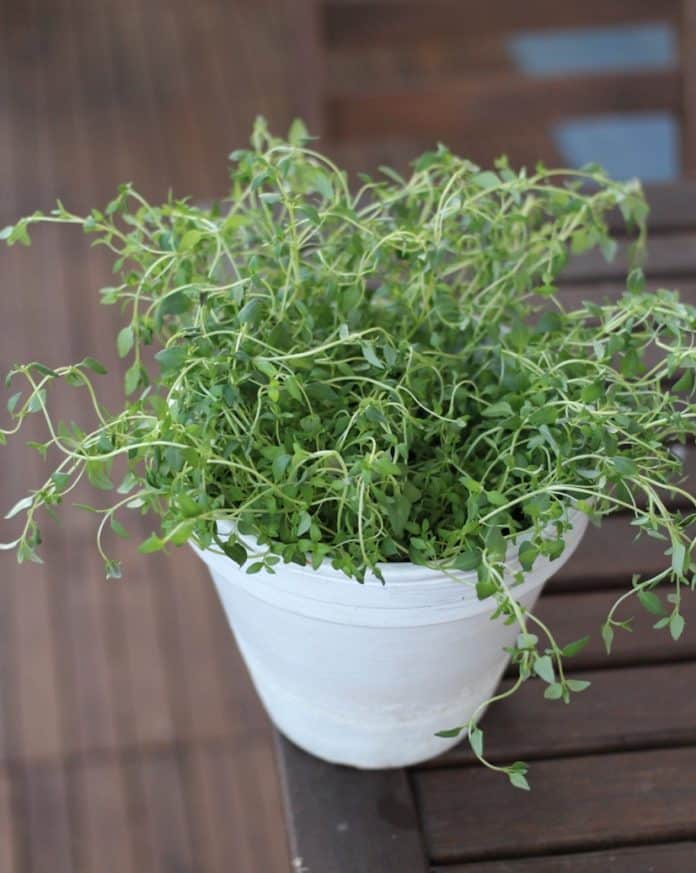
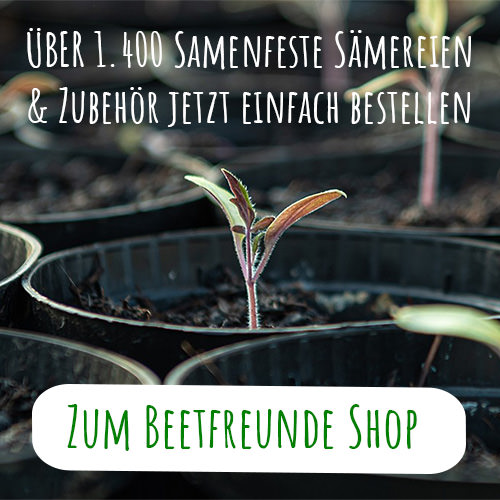
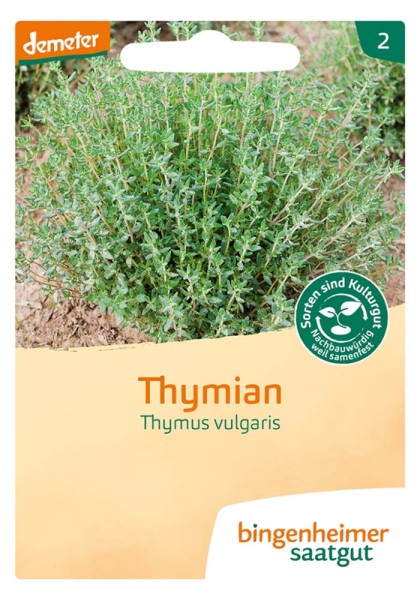
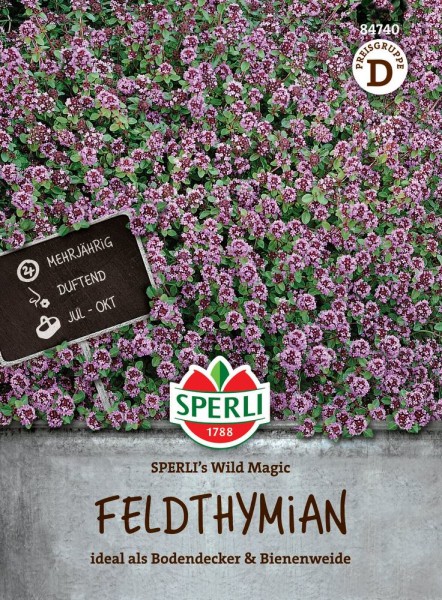
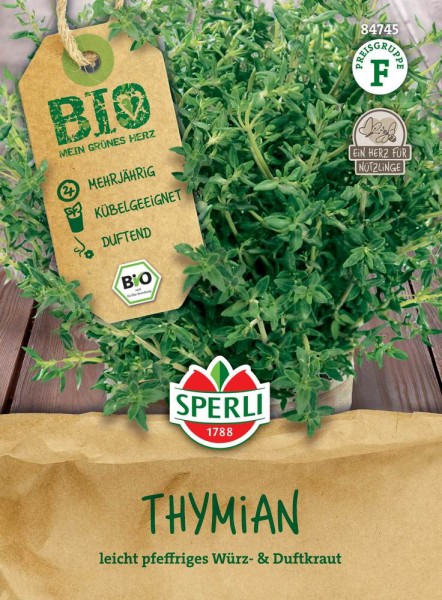
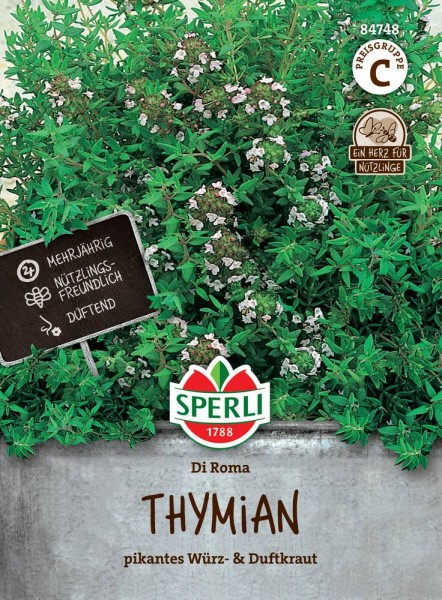
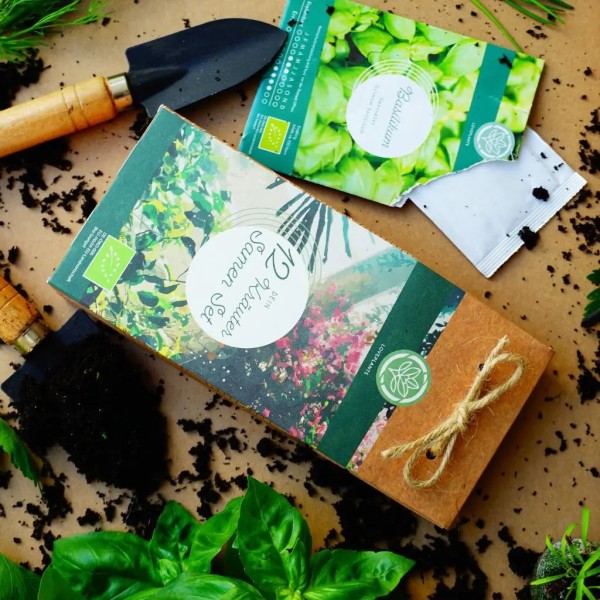
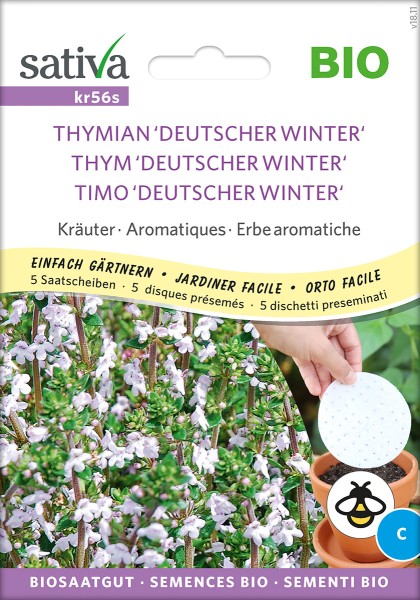
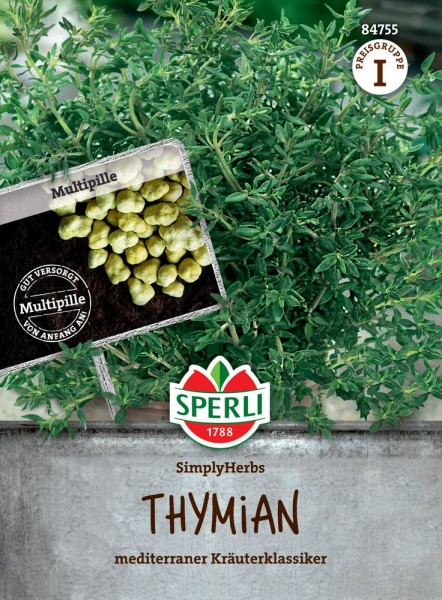
Nice article.thanks